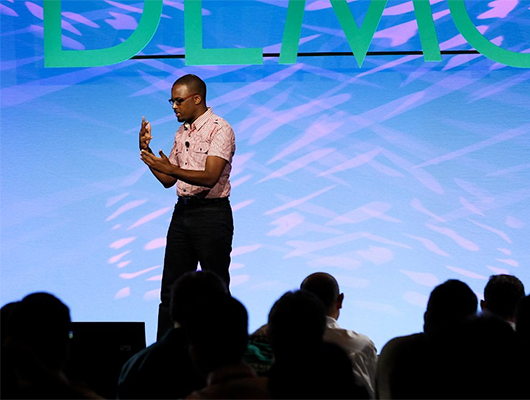How One Healthcare App is Changing Lives in Africa

Shimba Technologies, a mobile software developer based in Nairobi, is continuing to expand the reach and availability of its all-in-one healthcare app, MedAfrica, in an effort to expand access to online health services for all Africans.
Launched in November 2011, MedAfrica was recognized as a Top 10 mobile app in Demo.com’s app competition in Silicon Valley. The app had more than 70,000 users by March 2012, and currently sees more than one thousand downloads every day. Intended to provide access to health information among Africa’s most vulnerable people, MedAfrica provides access to consultation with certified medical practitioners, scheduling with local medical facilities, drug services, and symptoms monitoring.
“Our mission is to increase access to health related content and services to save lives and build a healthy population, our target being to reach every household in Africa”, said Jackline Cheruiyot, MedAfrica team leader at Shimba Technologies. “If the current pace of adoption in Kenya is any indication, such a target is no pipe dream.”
According to the World Health Organization, 37 percent of Africans currently reside in urban areas, meaning the majority of people live in rural areas lacking substantially developed social infrastructure. While the proportion of urban residents is expected to increase to 53 percent by 2030, the vast majority of city-dwellers in sub-Saharan Africa live in slums, where access to health services is lacking and the high population density increases the spread of communicable disease.
“A significant share of ill health in slums stems from poor access to sanitation and clean drinking water. In 2000, 30-50% of African urban dwellers lacked a safe water supply”, writes Brodie Ramin, a Professor of Health at the University of Ottowa. “Flooded areas and ditches, latrines and septic tanks are key reservoirs that perpetuate cholera, malaria, dengue and yellow fever in urban areas. Infectious disease outbreaks are also precipitated by the high population density found in these areas, with overcrowding triggering epidemic-prone infections like pertussis and influenza.”
As of 2009, per-capita spending on health services in Africa was $83, less than two percent of average spending in high-income countries. With health spending generally stagnant throughout the region, the availability of online health services will become more and more significant for Africans living in moderate to extreme poverty. Between 2000 and 2012, the number of Internet users throughout Africa grew more than 3,600 percent to 167 million. Self-diagnosis of noncommunicable disease (such as hypertension, heart disease, diabetes and stroke) will become increasingly possible as Internet access pervades urban populations.
“Affordable access [to Internet] is no longer a luxury”, said connectivity advocate Steve Song in an interview with Africa in Fact magazine. “It is a tide that raises all ships. It creates efficiencies at every level from the rural farmer to the large corporation…It can enable better healthcare, better education, better services all round. And perhaps most importantly, it opens the doors to innovation, to new ideas and new opportunities for everyone.”
Increased access to online healthcare products like MedAfrica can also remove the need for low-income people to physically attend medical facilities and pay for in-person consultation, activities which carry high opportunity costs with respect to time and wages. The more quickly and effectively a person can access medical advice or diagnoses, the more time and money they can invest in activities that generate income for themselves, their families, and their communities.
As access to services like MedAfrica becomes more ubiquitous, healthcare in Africa will continue to become increasingly efficient. Medical facilities will be better able to focus resources on non-preventable disease, and people in urban populations will be better equipped to confront the medical conditions that pervade their communities. The WHO estimates that improvements to healthcare access could increase the life expectancy of at-risk Africans up to ten years, a prerequisite for economic growth and an indicator of increasingly friendly conditions for private investment. These improvements are auspicious for potential American investment in African healthcare markets as well as at-risk African people as a whole.
– Zach VeShancey
Sources: African Business Review, MedAfrica, All Countries, WHO, UN, NCBI
Photo: Flickr
